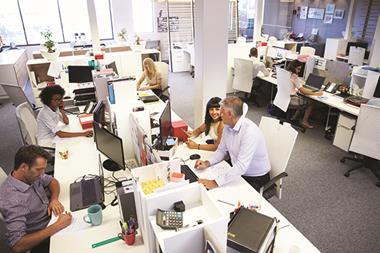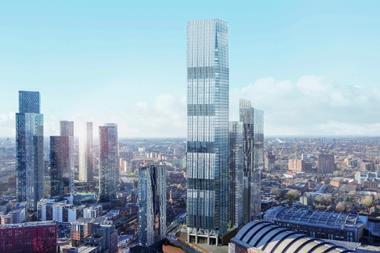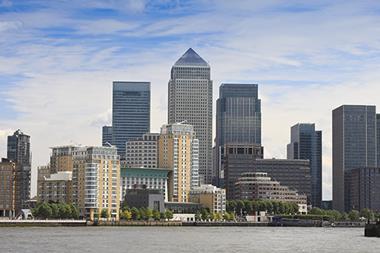Public spaces are fundamental to our everyday lives. They offer an important place for sparking social interaction, freedom to express an opinion and bringing people together from different backgrounds, ages and cultures.

These factors combined strengthen our identity of place and connections within communities. Public spaces can be used and enjoyed both individually and collectively. Or at least they should be.
Research conducted by the United Nations in 2021 found that over 70% of women in the UK have been sexually harassed in public spaces. Only 3% of women aged 18 to 24 reported that they had not experienced sexual harassment. While the built environment does not produce gender-based violence, this evidence highlights that public spaces can create situations that make women more vulnerable to crime.
Organised street protests such as ‘Reclaim the Night’ have asserted the case for women’s right to safe public spaces and are powerful reminders for planners and designers that there is much more to be done in creating safer streets. While some of these challenges are beyond the power of our industry alone, urban planning and design play a critical role in reducing the vulnerability of women.
In her book Invisible Women, write and campaigner Caroline Criado-Perez argues that the design of urban spaces can disproportionally affect women. For example, creating places that focus primarily on the car has implications on the ease of access to employment, services and facilities not within a convenient walking, cycling or public transport distance from neighbourhoods.

Property Week’s inaugural Inspiring Women in Property Awards, taking place on 12 October in London, will celebrate those driving positive change for women in property.
Submit your free nominations today
She argues that priority should be given to vehicle movement and access, with less attention paid to the function of streets and movement through them, resulting in narrow footpaths, inadequate street lighting and fragmented cycle lanes. She suggests that while this is not intentional, it is a result of a ‘gender data’ gap in the information available on how women navigate or experience cities and the lack of the female perspective within the process.
Creating inclusive cities starts with understanding what gender-sensitive planning is. Women’s voices need to be considered. Their crucial local knowledge and experience of how they navigate a city can be included in consultation events. A shift in authority is also needed, to support the representation of women from various backgrounds in leadership roles and ensure that plans, policies and structures are critically evaluated through a gender-perspective lens to promote gender-sensitive outcomes.
However, this can only be achieved if these roles have the flexibility to enable an appropriate work-life balance. While these challenges are beyond planning’s capacity to resolve, they highlight the need for the industry to ensure equal access for women in positions of leadership, to ensure a drive towards inclusive planning.
Recently, we have seen some positive changes towards gender inclusivity in Glasgow, which is placing the needs of women at the heart of town planning, making it the ‘UK’s first feminist city’. This notion seeks to ensure that women are central to “all aspects of planning, public realm design, policy development and budgets” and could promote changes to the city infrastructure including wider pavements to accommodate prams, more lighting in parks and safer travel routes.
Additionally, the mayor of London’s office recently published a report calling for the active inclusion of “women, girls and gender-diverse people’s experiences, needs and realities in all stages of the design process”.
The successful adoption of gender inclusivity in planning can be found in Aspern, Vienna. On completion in 2028, it will be home to 20,000 people, with its design centred on an artificial lake and half the total area devoted to public space. The masterplan creates spaces of mixed uses to ensure equal distribution of housing, parks, schools and public transport. Multi-functioning parks, wide pavements, short travel distances and flexible spatial structures ensure female-friendly neighbourhoods. The creation of barrier-free, accessible, well-lit public spaces also has significant benefits for children, the elderly and disabled people. Gender-sensitive practices have been incorporated at all levels of planning, design and the decision-making process.
The integration of gender considerations in planning and design benefits everyone. Some positive change is occurring, but we as built environment professionals can push further to embrace a gender-sensitive lens in the wider delivery of inclusive cities.
Aoife Hand is a planner at Carter Jonas (Cambridge)





























No comments yet